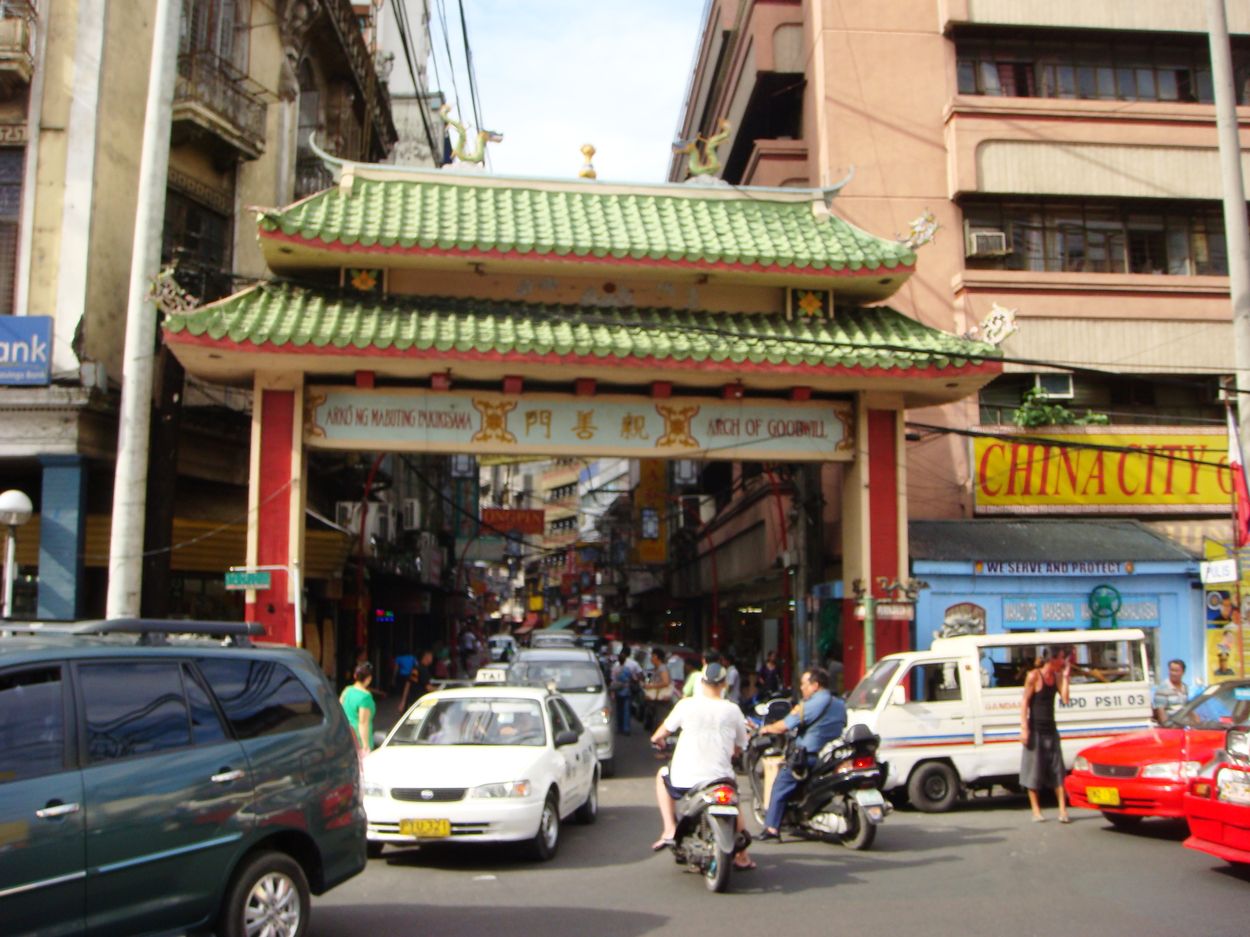
Ever wondered why Chinatowns and other ethnic enclaves exist in cities around the world? These vibrant neighborhoods are more than just tourist attractions; they are living, breathing communities rich in culture and history. From the bustling streets of San Francisco's Chinatown to the colorful markets of Little Italy in New York, these enclaves offer a unique glimpse into the lives of immigrants who have made these places their home. Chinatowns and ethnic enclaves serve as cultural hubs where traditions are preserved, languages are spoken, and cuisines are savored. They provide a sense of belonging and community for those far from their homeland. Dive into these 27 fascinating facts to understand the significance and charm of these cultural havens.
Chinatowns: A Glimpse into History
Chinatowns around the world are vibrant, bustling neighborhoods rich in culture and history. They offer a unique blend of traditional Chinese customs and modern urban life. Here are some fascinating facts about these iconic enclaves.
-
The first Chinatown in the world was established in Manila, Philippines, in 1594. Known as Binondo, it remains a thriving commercial hub today.
-
San Francisco's Chinatown is the oldest in North America, dating back to the 1850s. It was established during the California Gold Rush.
-
New York City's Chinatown is the largest in the Western Hemisphere. It spans over two square miles and continues to grow.
-
Chinatowns often feature traditional Chinese architecture, including pagoda-style roofs and ornate gates called "paifangs."
-
Many Chinatowns were established due to discriminatory laws that restricted where Chinese immigrants could live and work.
Cultural Significance and Traditions
Chinatowns are not just about commerce; they are cultural epicenters where traditions are preserved and celebrated. These neighborhoods offer a glimpse into the rich heritage of Chinese communities.
-
Chinese New Year is the most significant celebration in Chinatowns, marked by parades, dragon dances, and fireworks.
-
The Mid-Autumn Festival, also known as the Moon Festival, is another major event, celebrated with mooncakes and lantern displays.
-
Many Chinatowns have temples dedicated to various deities, reflecting the spiritual beliefs of the community.
-
Traditional Chinese medicine shops are common, offering herbal remedies and acupuncture services.
-
Martial arts schools, teaching disciplines like Kung Fu and Tai Chi, are often found in Chinatowns.
Culinary Delights
One of the biggest draws of Chinatowns is the food. These neighborhoods are culinary havens where you can find authentic Chinese cuisine and unique dishes.
-
Dim sum, a style of Cantonese cuisine, is a popular dining experience in Chinatowns. It involves small plates of dumplings, buns, and other treats.
-
Peking duck, a famous dish from Beijing, is often featured in Chinatown restaurants.
-
Bubble tea, a Taiwanese invention, has become a staple in many Chinatowns.
-
Street food vendors offer a variety of snacks, from skewered meats to steamed buns.
-
Many Chinatowns have bakeries that sell traditional Chinese pastries like egg tarts and mooncakes.
Economic Impact
Chinatowns are not just cultural hubs; they are also economic powerhouses that contribute significantly to their cities.
-
Chinatowns often serve as business incubators for new immigrants, providing opportunities for entrepreneurship.
-
These neighborhoods attract millions of tourists each year, boosting local economies.
-
Real estate in Chinatowns can be highly valuable due to their central locations and cultural significance.
-
Many Chinatowns have business associations that support local merchants and promote economic development.
-
The economic success of Chinatowns often leads to gentrification, which can threaten the cultural fabric of these neighborhoods.
Challenges and Resilience
Despite their vibrancy, Chinatowns face numerous challenges, from gentrification to discrimination. Yet, they continue to thrive and adapt.
-
Many Chinatowns have faced redevelopment pressures, leading to the displacement of long-time residents and businesses.
-
Discrimination and racism have historically targeted Chinese communities, but Chinatowns have remained resilient.
-
The COVID-19 pandemic severely impacted Chinatowns, with many businesses struggling to survive.
-
Community organizations play a crucial role in advocating for the rights and needs of Chinatown residents.
-
Efforts to preserve the cultural heritage of Chinatowns include historical landmark designations and cultural festivals.
Modern-Day Chinatowns
Chinatowns are evolving, blending tradition with modernity. They continue to be dynamic spaces that reflect the changing times.
-
Many Chinatowns now feature contemporary art galleries and cultural centers that showcase both traditional and modern Chinese art.
-
Technology has made its way into Chinatowns, with many businesses adopting digital payment systems and online ordering platforms.
The Heartbeat of Cultural Diversity
Chinatowns and ethnic enclaves are vibrant hubs of culture, history, and community. They offer a unique glimpse into the lives and traditions of various immigrant groups. From mouth-watering cuisine to colorful festivals, these neighborhoods are rich with experiences that bridge the past and present. They serve as sanctuaries for preserving heritage while also adapting to modern influences. Visiting these enclaves not only supports local businesses but also fosters a deeper understanding of cultural diversity. Whether you're exploring the bustling streets of New York's Chinatown or the historic alleys of San Francisco's Japantown, each enclave tells its own story. So next time you find yourself in one of these neighborhoods, take a moment to appreciate the rich tapestry of cultures that make our world so wonderfully diverse.
Was this page helpful?
Our commitment to delivering trustworthy and engaging content is at the heart of what we do. Each fact on our site is contributed by real users like you, bringing a wealth of diverse insights and information. To ensure the highest standards of accuracy and reliability, our dedicated editors meticulously review each submission. This process guarantees that the facts we share are not only fascinating but also credible. Trust in our commitment to quality and authenticity as you explore and learn with us.
